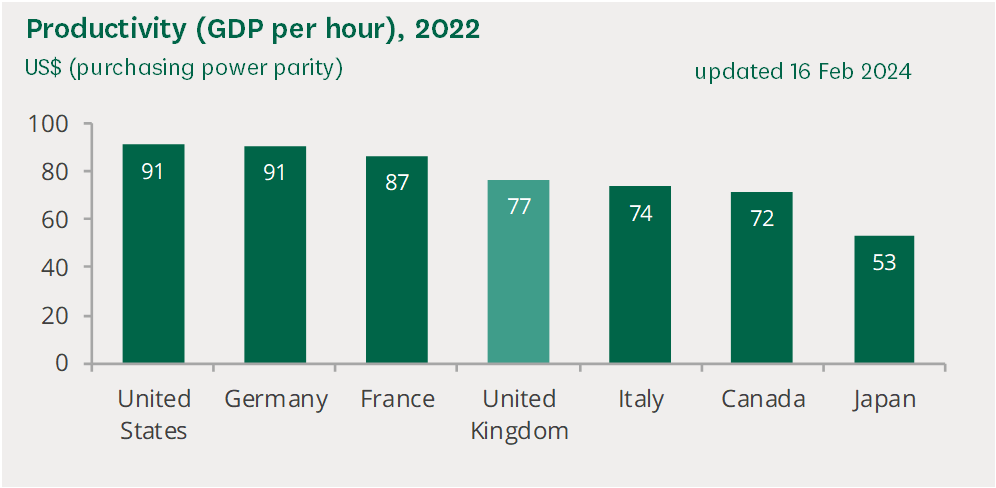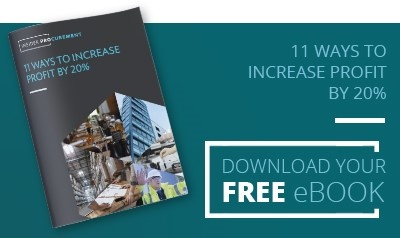This blog post provides a very different insight from the usual blog posts we produce at Insider Pro, rather this post is more personal about my two years at the company. Working at Insider Pro was my first ‘proper’ job post-university and so as you can imagine, I have experienced a plethora of things in this time.
I finished University in September 2021 and was presented with the opportunity to join a professional cycling team. Cycling has been a passion of mine from a young age and I knew this was an opportunity I should not turn down. Accepting this meant that a full-time job was not possible and so, I gave myself a few months to work out what I wanted to do in my spare time, not spent on two wheels. I concluded that a part-time job would work well with my cycling endeavours since I could still get in the training hours and, so long as there was flexibility, I could travel to races abroad every month or so.
I was introduced to Jeremy at Insider Pro through a mutual friend and after various discussions and formal interviews, I started working part-time on 5th April 2022. I knew from all the discussions and interviews that the company aligned well with my ambitions, personality, and ways of working. I was fascinated by the prospect of getting stuck into live projects from day one and trying to make an impact for our customers. I initially started part-time and now work four days a week, and due to the flexibility that Insider Pro offers, I can still get out on my bike and be competitive at the highest level of domestic and international racing.
During the last two years, there has been a lot that I have learnt about business, but also a lot about my own ability. I was quite naive before entering the working world, thinking it would take years of experience to be able to start making a tangible difference to customers, but oh boy, was I wrong. An inquisitive mind, attention to detail, and a readiness for learning are three traits that we all express at Insider Pro and have enabled continuous development over the past two years.
Another trait that I feel is particularly pertinent to my work over the last two years is that being wrong is fine, just don’t stop there. This is usually in terms of investigative work that I regularly undertake. Wrong may sound a bit harsh, but as is the nature of investigation, you usually have an inkling as to what the final outcome will be and this can help to shape your avenues of investigation. However, coming to a dead end, or being wrong, in one avenue of investigation is never done in vain, it will only get you closer to the solution. This is not only of short-term benefit, but a long-term one also, since this will enable faster working should you tackle a similar problem in the future.
My learning over the last three years, whilst not exhaustive, can be split into three main categories. Below, I will touch on how I felt about this when I joined, and how I feel about it now.
- People: I must have spoken to a few hundred new people during the last two years, both internally and externally: new colleagues, customers, suppliers, of different backgrounds, ethnicities, in different sectors, and a range of roles etc, etc the list goes on! Speaking to new people is intimidating for anyone; some people are apprehensive when speaking to new people; some people do well to hide it! I’ve developed several methods and mechanisms that enable me to engage quickly and personably with new people, which have been the foundation to develop a strong working relationship.
-
Process: Processes are fundamental to ensuring things are being pushed along in an effective and timely manner. If no process is in place then everyone goes in different directions and things get out of control. Understanding how to operate within this process and having a goal with a clear structure and visible outcome is great for motivation and consistency of working practices. Working practices (such as Jira project management software) were not something I was made aware of at school or University so joining Insider Pro with a receptive mind enabled me to quickly and easily get up to speed with how the team works effectively and optimally day after day.
-
Technology: I was accustomed to using social media and Microsoft platforms before joining Insider Pro, and had experience of GIS platforms, but the application to business was not something I had experienced before. I now use Microsoft Office every day and use various other technology platforms that I did not know existed before. My Microsoft skills have moved from competent to, I think it is fair to say, lightly skilled, but as ever with these platforms, there is still a lot to learn. Furthermore, with the advent of AI and it becoming more and more powerful, being able to harness this power for working practices is an area we will all be keeping a close eye on.
The above points have largely focussed on my own personal development and skills and experiences that I have picked up, but another element of my learning is about business as a whole, so below I ask ‘What are the top things I have learnt during my two years about business?’
-
Speed. Speed of working and agile methodologies are key characteristics to operations, the faster we go, the more work we get through and the more projects we can close out, but…
-
Quality. …Speed of work should never be at the expense of quality of work. We will always act in the best interest of our customers and produce work of the highest quality, aiming to deliver value within 90 days.
-
Asset Building. Asset building for Insider Pro is an ongoing process that involves storing knowledge of how we do certain things. That could be knowing which suppliers are best fit for our customers, or it could be how best to analyse and present particular data sets received from our customers. Therefore, asset building enables a faster cadence of working, knowing that the quality work that was done is never done in vain and can be reused as a kickstart on any new projects in the future that are of a similar nature.
-
Cash flow is critical to business. Quite simply, ensuring a healthy bank balance and a healthy pipeline underpins the ability of a business to operate now and into the future. At Insider Pro we operate an open-book finance model for the business, this creates a sense of motivation and accountability. This means we all know when we need to prioritise work that stimulates short-term cash generation, but also highlights when we are doing well and creates a great sense of team morale.
This blog post gives just a flavour of the things I have learned and experienced over the past two years. Nothing was learned overnight, but picked up from trying, failing, asking and experiencing. I hope that this post offers value to anyone new to the world of work, about to enter the world of work or even, if you have been in work for fifty years. I know that the learning I have picked up in the past 2 years is a drop in the ocean compared to what I will learn in the next two or twenty years, and that excites me.













